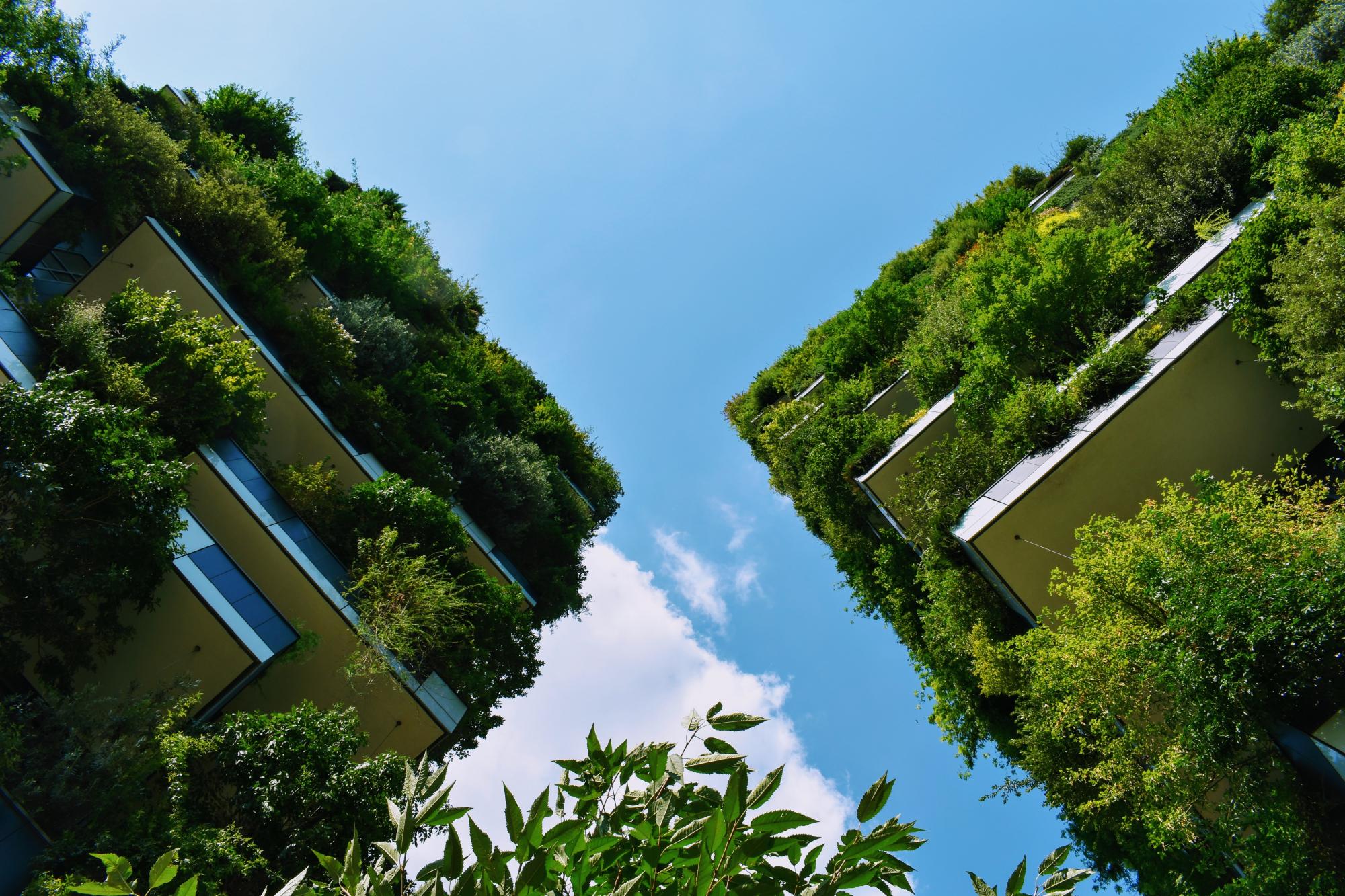Typically considered dividers of the urban space, ravines ('barrancos') which run through Guatemala City are being targeted for an overhaul of their reputation and are instead being reframed as a way to bring people and their environment together (Ref. 3). Now metamorphosed into a grassroots movement, 'Barranqueando' "wants to continue integrating the ravines with the urban environment to generate ecological, social and economic benefits for their city", where the unexplored potential of the ravines can be realised as areas to "serve as natural reserves, as nodes and paths for sustainable mobility throughout the city, as rainwater collectors, as crucial carbon sinks, as well as for purifying and cooling the air" (Ref. 3). One of the first projects of the movement was the development of Jungla Urbana, an ecological park that brought together a ravine and the adjacent urban space, "giv[ing] residents the opportunity to wander through largely untouched nature – and experience the natural ecology of the site their city is built on", and providing an area to "...explore how the city’s unique ecosystem can be used to benefit its citizens – ecologically, socially and economically" (Ref. 3).
Overview
Nature-based solution
- Blue infrastructure
- Rivers/streams/canals/estuaries
- Parks and urban forests
- Large urban parks or forests
Key challenges
- Climate action for adaptation, resilience and mitigation (SDG 13)
- Climate change mitigation
- Environmental quality
- Waste management
- Green space, habitats and biodiversity (SDG 15)
- Habitat and biodiversity restoration
- Habitat and biodiversity conservation
- Green space creation and/or management
- Regeneration, land-use and urban development
- Regulation of built environment
- Cultural heritage and cultural diversity
- Preservation of natural heritage
- Protection of historic and cultural landscape/infrastructure
- Inclusive and effective governance (SDG 16)
- Effective management
- Social justice, cohesion and equity (SDG 10)
- Social cohesion
- Social justice and equity
- Social interaction
- Environmental education
Focus
Project objectives
Implementation activities
Climate-focused activities
Climate change mitigation:
- Increase green urban nature for carbon storage (wetlands, tree cover)
- Invest in public transport/bicycle infrastructure as a means to prevent car use
- Raise public awareness of behaviours, lifestyle and cultural changes with mitigation potential
Biodiversity conservation or restoration-focused activities
Biodiversity conservation:
- Protect and enhance urban habitats
- Preserve and strengthen existing habitats and ecosystems
- Reduce negative impacts and avoid the alteration/damage of ecosystem
- Means for conservation governance
- Raise public awareness
- Public engagement
Biodiversity restoration:
- Rehabilitate and restore damaged or destroyed ecosystems
- Public engagement
Main beneficiaries
- Citizens or community groups
Governance
Management set-up
- Led by non-government actors
Type of initiating organisation
- Private sector/corporate actor/company
Participatory approaches/ community involvement
- Co-planning (e.g. stakeholder workshops, focus groups, participatory mapping)
- Consultation (e.g. workshop, surveys, community meetings, town halls)
Details on the roles of the organisations involved in the project
Project implemented in response to ...
Financing
Total cost
Source(s) of funding
- Unknown
Type of funding
- Unknown
Non-financial contribution
Impacts and Monitoring
Environmental impacts
- Climate change
- Lowered local temperature
- Enhanced carbon sequestration
- Environmental quality
- Improved air quality
- Green space and habitat
- Increased green space area
- Increased ecological connectivity across regeneration sites and scales
- Increased number of species present
Economic impacts
- Unknown
Socio-cultural impacts
- Safety
- Social justice and cohesion
- Improved access to urban green space
- Increased opportunities for social interaction
- Health and wellbeing
- Gain in activities for recreation and exercise
- Cultural heritage and sense of place
- Improvement in people’s connection to nature
- Increased sense of place identity, memory and belonging
- Education
- Increased knowledge of locals about local nature
Type of reported impacts
Presence of formal monitoring system
Presence of indicators used in reporting
Presence of monitoring/ evaluation reports
Availability of a web-based monitoring tool
References
2. Burchard-Levine, A. (2021). Transforming urban spaces: Guatemala City’s barrancos. Urban planners and community gardeners are shifting public perception of the city's ravines. Shropshire: Latin America Bureau. Source link
3. World Wide Fund for Nature (WWF)(2019). Guatemala City: the jungle in the city. Gland: WWF. Source link
4. Ford, M. (2018). The Lungs of Guatemala City: Architects’ Efforts to Conserve an Urban Ecology. Guatemala: Fundación Crecer. Source link
5. Ciudad Emergente (n.d.). Ecological Routes. Santiago de Chile: Ciudad Emergente. Source link
6. Madriz, D. (n.d.). Jungla Urbana: Manual De Marca. Source link
7. Ciudad Emergente (2018). Manual De Barranqueros: Plan de habilitación participativa de barrancos. Santiago de Chile: Ciudad Emergente. Source link



